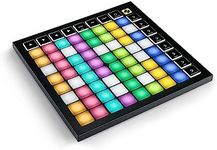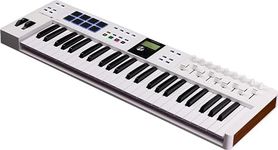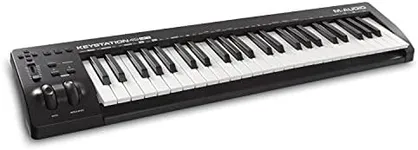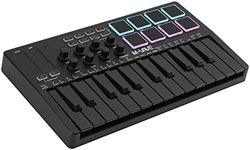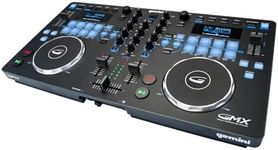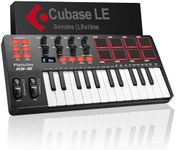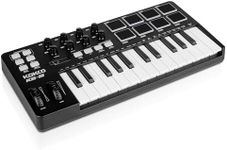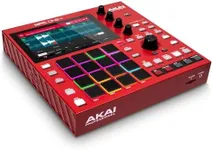Buying Guide for the Best Midi Controllers
When choosing a MIDI controller, it's important to consider how you plan to use it and what features will best support your music production or performance needs. MIDI controllers come in various shapes and sizes, each offering different functionalities. Understanding the key specifications will help you make an informed decision and find the best fit for your requirements.Number of Keys/PadsThe number of keys or pads on a MIDI controller determines how many notes or sounds you can play simultaneously. This is important because it affects the range and complexity of the music you can create. Controllers with 25 keys are compact and portable, suitable for simple melodies and basslines. Controllers with 49 or 61 keys offer a wider range, making them ideal for more complex compositions. Full-sized 88-key controllers are best for pianists and those who need a full range of notes. Similarly, the number of pads can vary, with more pads allowing for more intricate drum patterns and sample triggering.
Key/Pad SensitivityKey or pad sensitivity refers to how responsive the keys or pads are to the force with which they are played. This is important for expressive playing, as it allows for dynamic control over the volume and intensity of the notes. Controllers with velocity-sensitive keys or pads can detect how hard or soft you play, adding nuance to your performance. Some controllers also offer aftertouch, which responds to pressure applied after the initial strike. If you need expressive control, look for controllers with high sensitivity and aftertouch capabilities.
Control Knobs, Faders, and ButtonsControl knobs, faders, and buttons allow you to manipulate various parameters within your music software, such as volume, panning, and effects. This is important for hands-on control and real-time adjustments during production or performance. The number and type of controls can vary widely. Basic controllers may have a few knobs and buttons, while more advanced models offer multiple faders, rotary encoders, and assignable buttons. Consider how much control you need and whether you prefer tactile interaction with your software.
ConnectivityConnectivity options determine how the MIDI controller interfaces with your computer or other devices. This is important for ensuring compatibility and ease of use. Most controllers connect via USB, which is standard for modern setups. Some also offer traditional MIDI ports for connecting to other MIDI hardware. Wireless options are available for greater flexibility and mobility. Ensure the controller you choose has the necessary connections for your setup, whether it's a simple USB connection or more complex MIDI routing.
Software IntegrationSoftware integration refers to how well the MIDI controller works with your digital audio workstation (DAW) or other music software. This is important for a seamless workflow and efficient music production. Some controllers come with pre-mapped controls for popular DAWs, making setup quick and easy. Others offer customizable mapping, allowing you to assign controls to specific functions within your software. If you use a specific DAW, look for controllers that offer tight integration with that software to enhance your productivity.
Build Quality and PortabilityBuild quality and portability affect the durability and convenience of the MIDI controller. This is important for both studio use and live performances. Controllers made from high-quality materials are more likely to withstand heavy use and last longer. Portability is a key factor if you plan to travel with your controller or use it in different locations. Lightweight and compact models are easier to transport, while larger, sturdier models may offer more features but are less portable. Consider your usage scenario and choose a controller that balances build quality with portability.
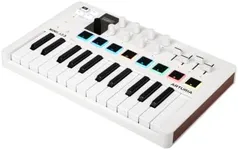

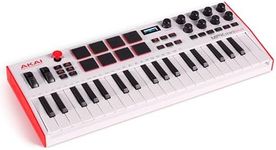
![Novation Launchkey Mini 25 [MK4] —](https://images-proxy.bestreviews.guide/6iOPo2KG1gIYdY5wBMaLi4-uVFI=/0x150/https://m.media-amazon.com/images/I/3172AnEOhbL._AC_CX679_.jpg)
